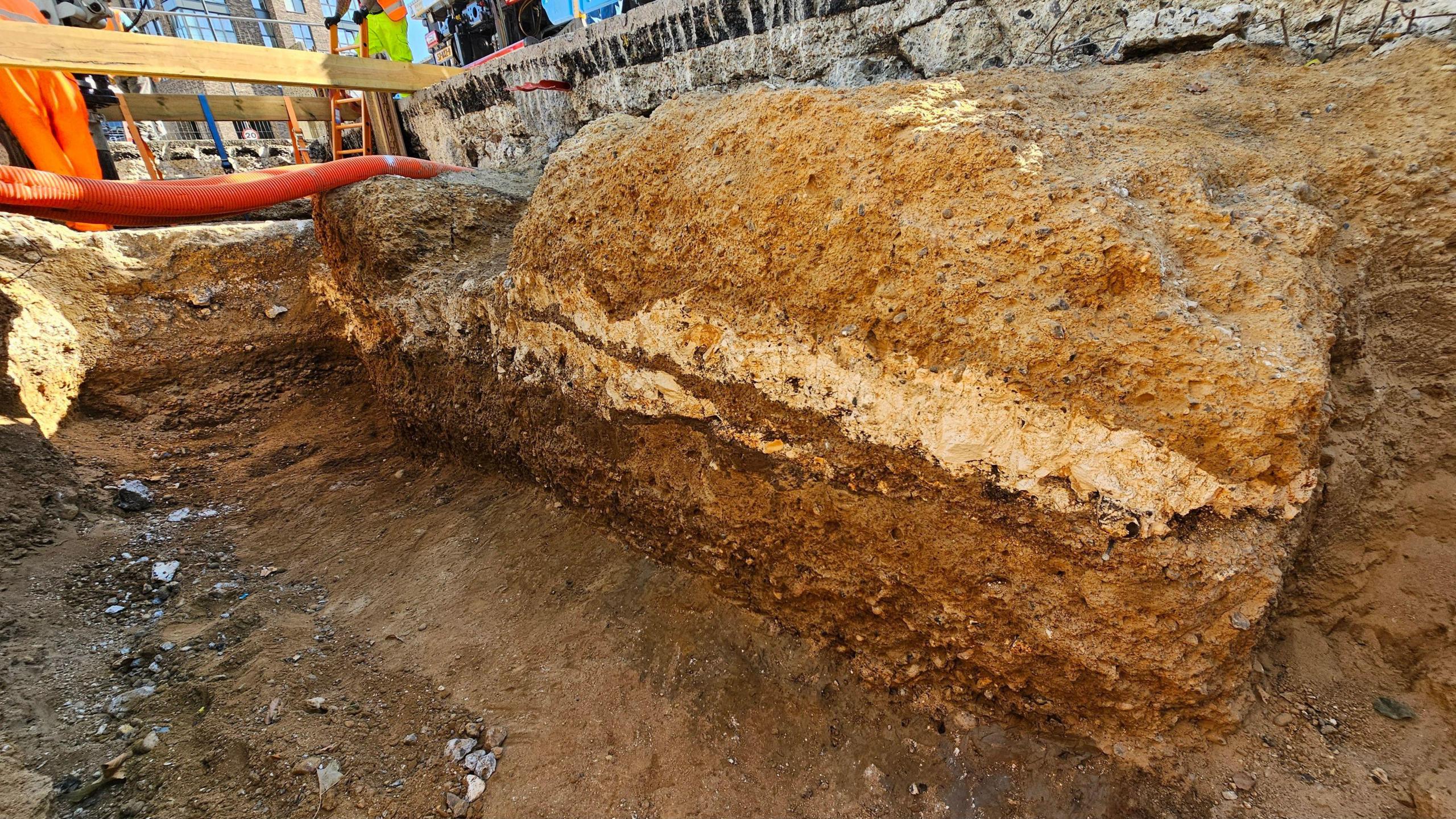Tower plans to be revised after Roman remains found
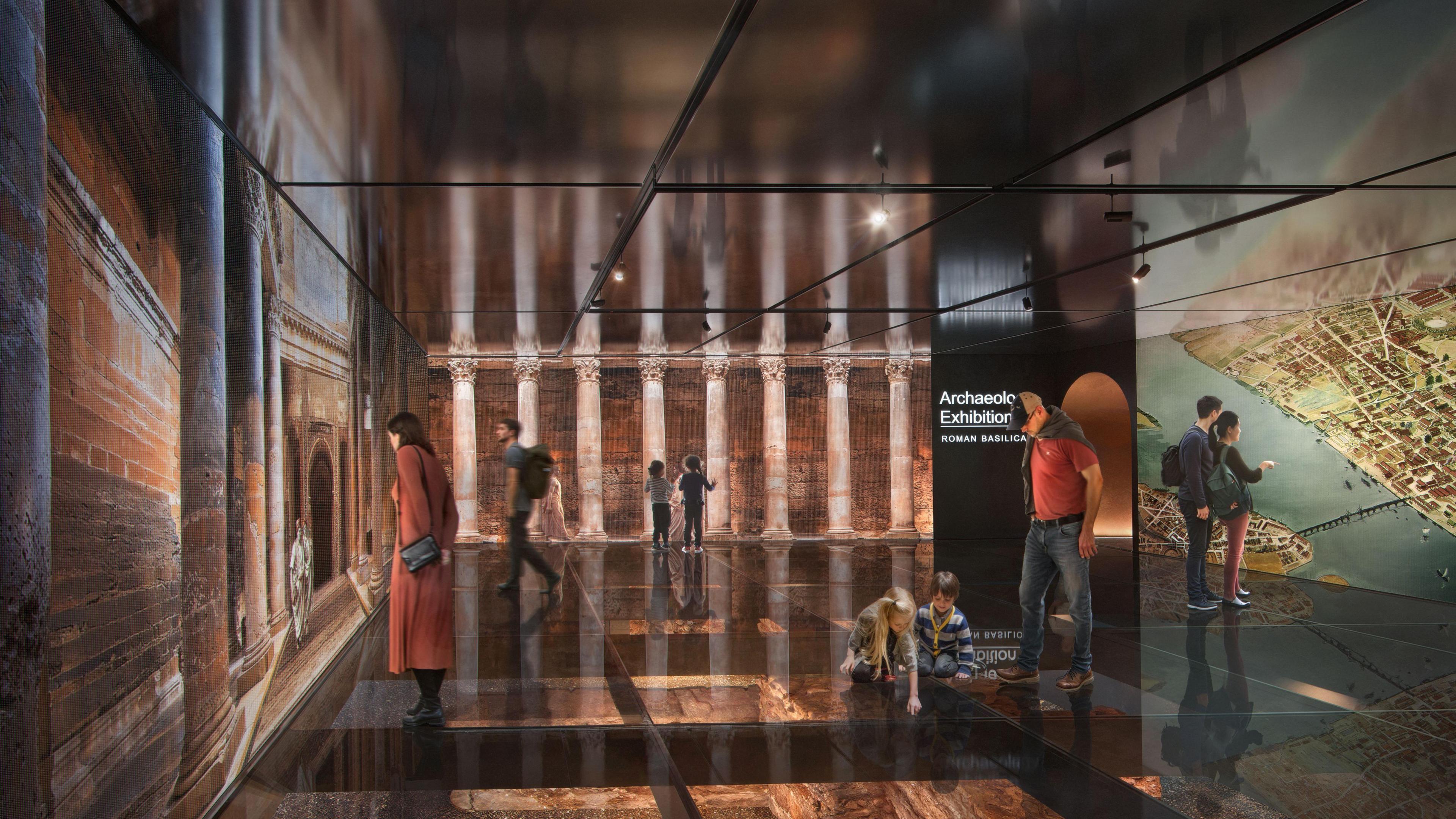
The basement of the new tower is to be made into an exhibition space to display the Roman remains
- Published
Plans to build a new tower block are to be revised to showcase a "monumental piece of London's history" after the remains of a Roman building were unearthed.
Archaeologists found the remains of a Roman basilica - a 2,000-year-old public building where major political, economic and administrative decisions were made - underneath an office block at 85 Gracechurch Street, which is due to be demolished and rebuilt.
The ongoing excavation has so far revealed sections of limestone wall that formed the base of the basilica.
Site owner Hertshten Properties already has permission to build a 32-storey tower at the site, but the proposal will be revised to include the Roman display.
The remains are to be presented as part of an immersive experience delivered in partnership with London Museum, with hopes of opening by 2029-2030.
Hertshten Properties said it was excited to showcase "such a monumental piece of London's history".
The exhibition would be a "world-class public experience" for visitors, the firm's chief executive Rob Hertshten added.
Unearthing early Roman London under an office basement
The developer said it also planned to reduce the height of the proposed tower to 30 storeys, according to the Local Democracy Reporting Service.
The building, which is opposite the historic Leadenhall Market, will include offices, retail outlets as well as cultural space.
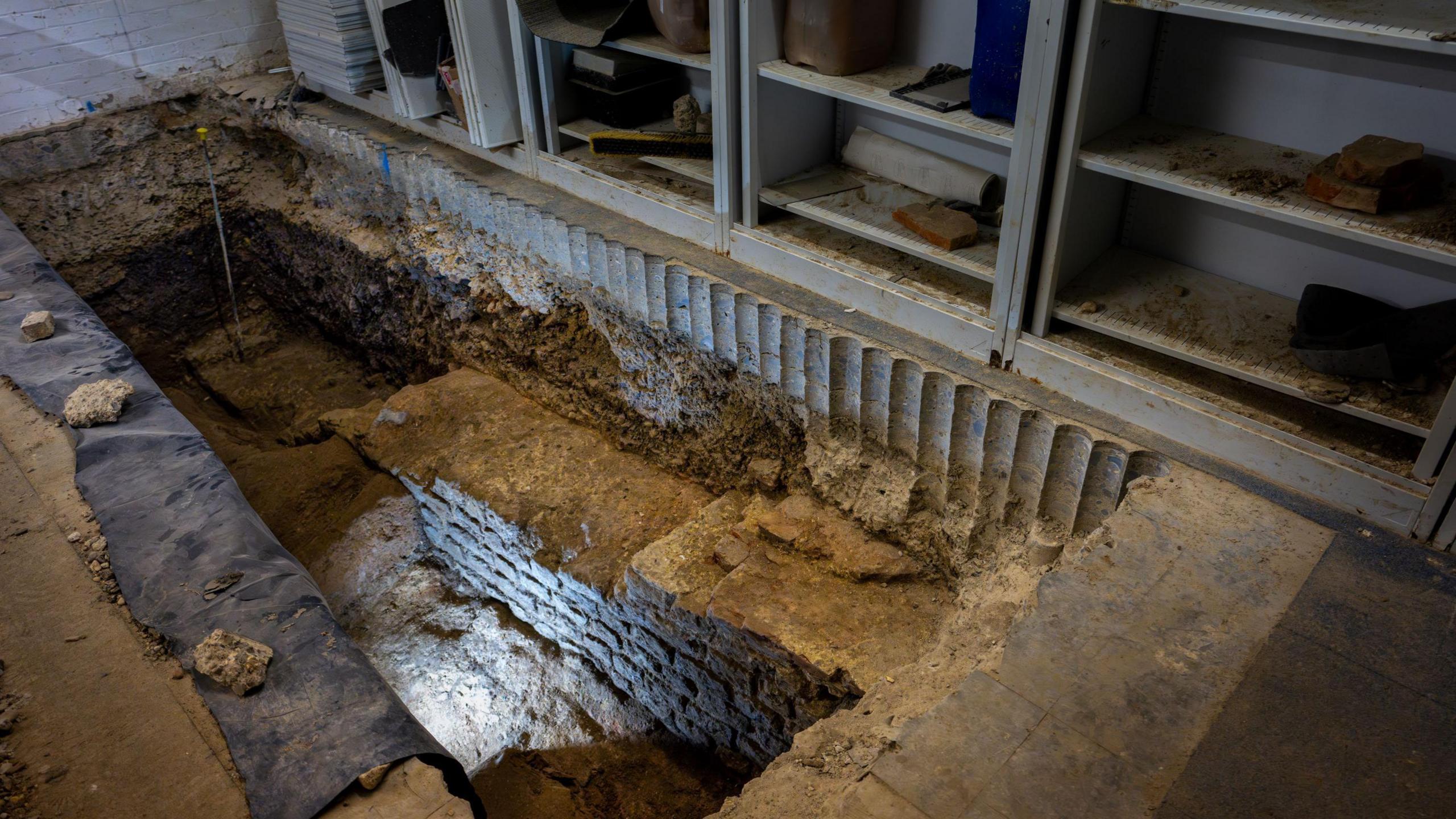
Some walls of the basilica were revealed during a dig between filing cabinets at 85 Gracechurch Street
Previous investigations at the site revealed the existence of the basilica, but it was only uncovered in recent excavations by the Museum of London Archaeology.
Experts believe it was the first to be built in Roman London and dates back to the late 70s or 80s AD.
The basilica would have formed part of a wider Roman forum - a political, judicial, commercial, and social hub for residents and visitors.
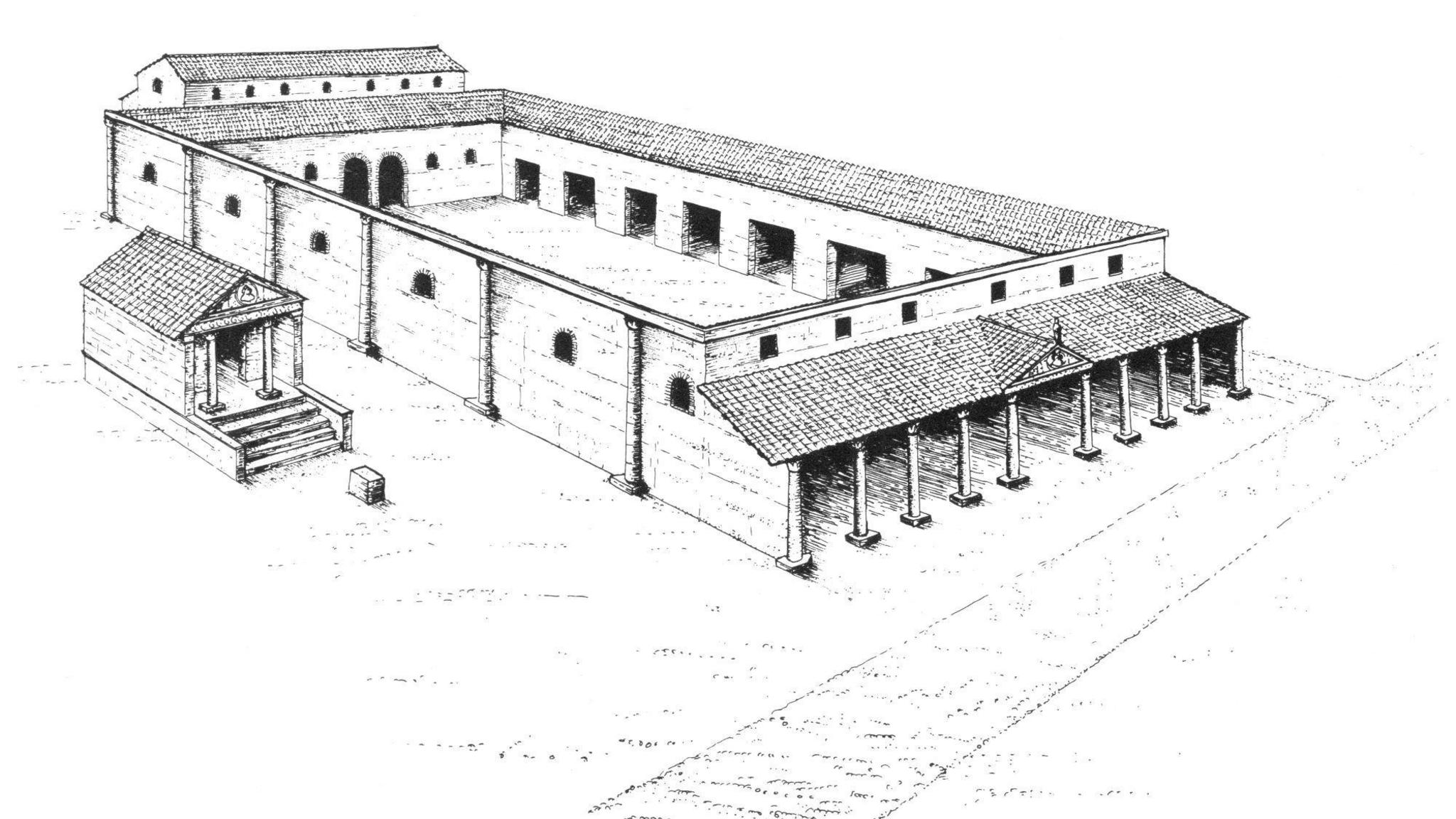
The basilica is likely to have looked like this building
Sophie Jackson, the Museum of London Archaeology's director of development, said it was "one of the most significant discoveries made in the City in recent years".
"It's like discovering the Speaker's Chair and chamber of the House of Commons, 2,000 years into the future," she said.
Ms Jackson added that the structure was much better preserved than they expected it to be and that there were likely to be more discoveries at the site.
"Excitingly, we've only just scratched the surface of this site's potential through our initial investigations," she said.
Listen to the best of BBC Radio London on Sounds and follow BBC London on Facebook, external, X, external and Instagram, external. Send your story ideas to hello.bbclondon@bbc.co.uk, external
Related topics
More stories like this
- Published12 February
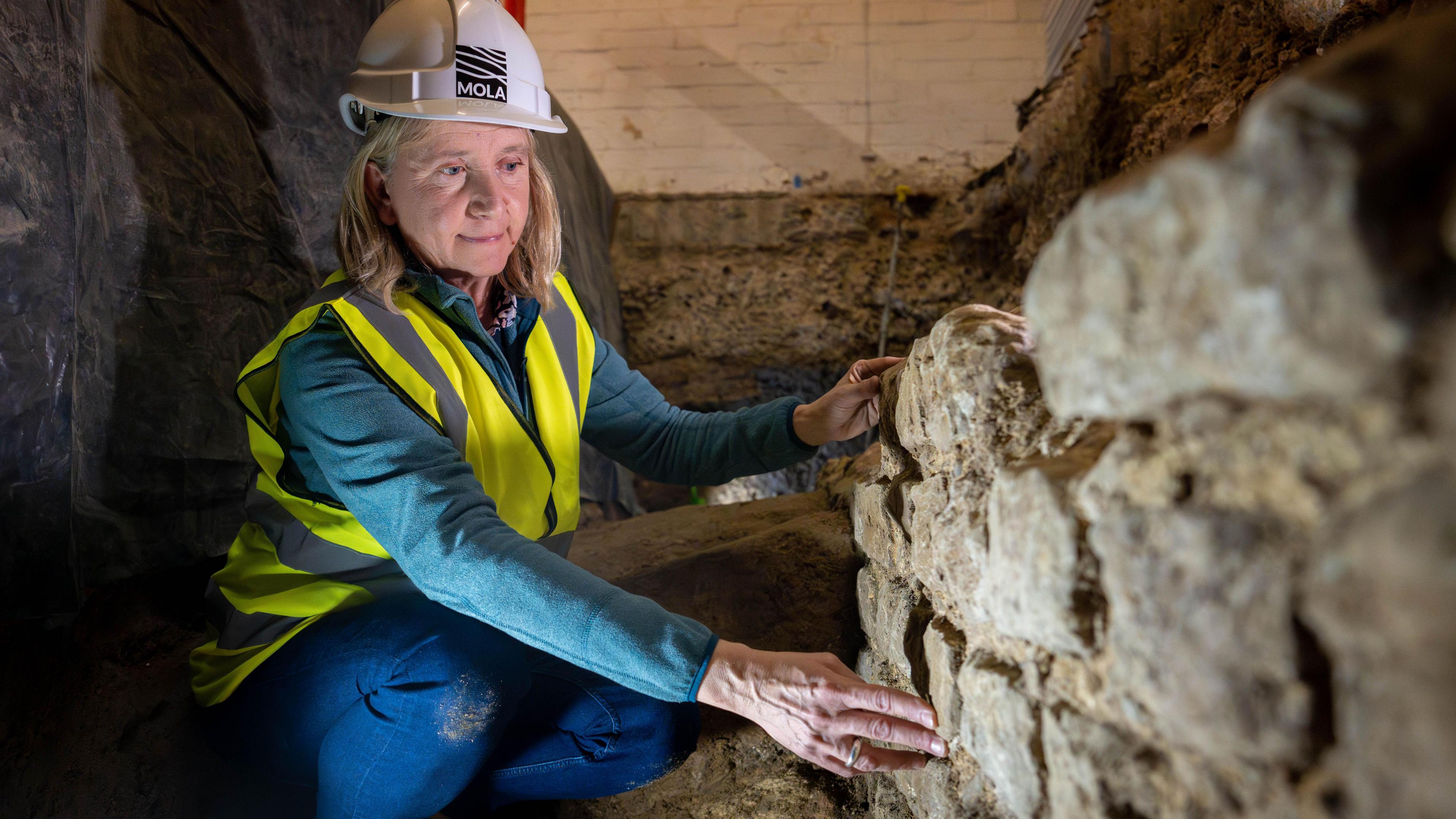
- Published13 June 2023
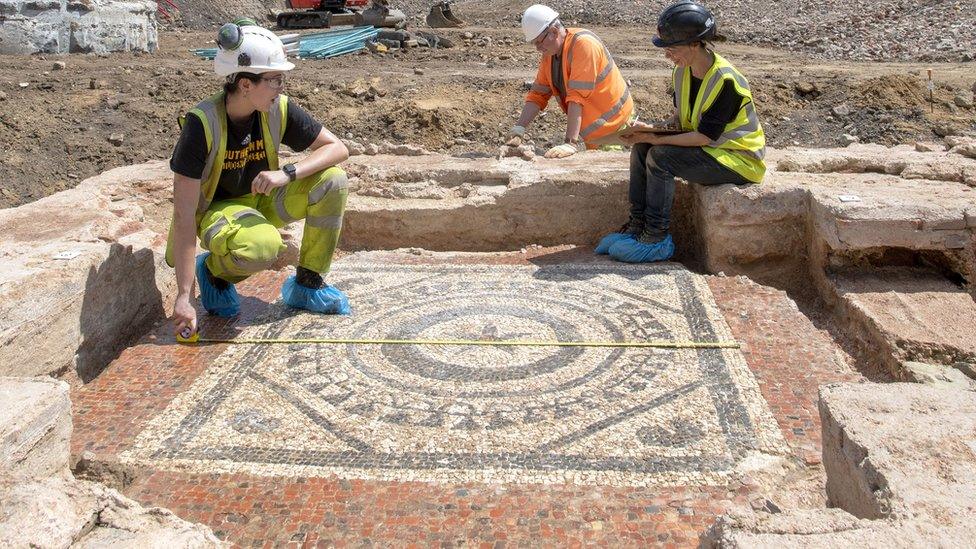
- Published12 November 2024
